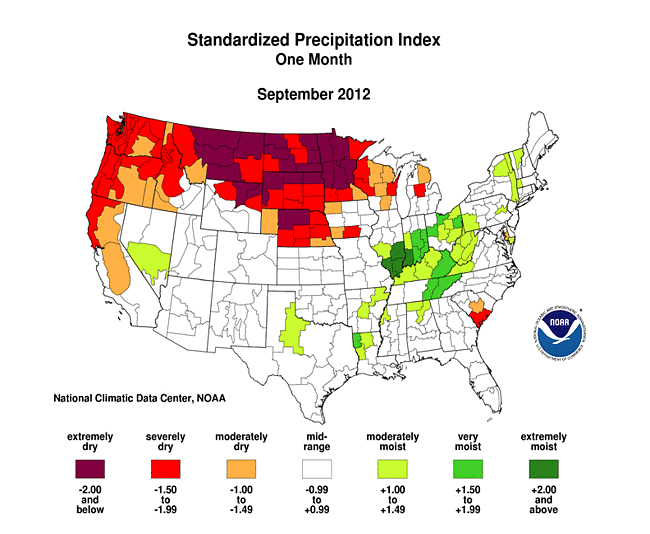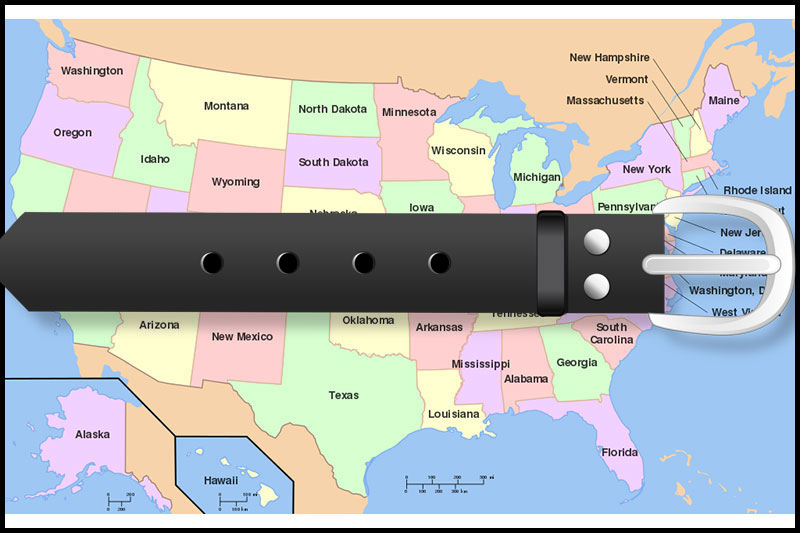Roads & PavementRoads & Pavement
Barefoot
Minimal
Low
Medium
High
Maximal
All around running shoes offer comfort and cushioning for daily runs, jogs, walks, and long mileage. They offer enough versatility for both faster and slower runs and are a great option for those who want one running shoe to do it all.
Fast run or uptempo running shoes are lightweight and responsive. They offer streamlined designs that have minimal uppers and offer a high level of energy return. These shoes are a great option for faster runs in the week or those looking for a livelier experience.
Max Cushion shoes offer premium cushioning with ample ground protection and a stable ride. These types of shoes provide abundant impact protection that softens landings while running at any pace or distance. These types of shoes are best for slower recovery runs and easy days where comfort takes priority.
Racing shoes are designed with optimal performance in mind. These types of shoes have snug-fitting uppers, energetic midsole foams, and features implemented for maximum efficiency. These types of shoes are best for runners looking to gain the ultimate advantage in races but may sacrifice some durability and comfort.
Gym Workout shoes offer a stable and versatile ride. They have a firmer underfoot feeling that provides stability for lateral movements with comfortable uppers. These types of shoes are best for trips to the gyms, cross training, casual wear, and light running. Agricultural Weather and Drought Update 10 17 12 USDA
Road running shoes feature smooth outsoles that are designed for running on paved surfaces such as roads, sidewalks, and bike paths.
Designed to handle most trail runs, these shoes prioritize comfort and a smooth ride. These shoes are great for anything from smooth singletrack, park trails, and fireroads making them ideal for those who run from their doorstep on streets before hitting the trail.
These shoes are best used for hard, rugged trails such as shale, granite or sandstone where grip on smooth surfaces and underfoot protection are important.
Designed for use in muddy, soggy conditions, these shoes feature very aggressive outsoles that dig deep into soft ground for exceptional traction.
These shoes feature technical outsoles designed to grip snowy and icy trails making them ideal for winter trail running.
Cushioning level, or stack height, refers to how much shoe is between your foot and the ground. For this category, we reference the amount of cushioning below the forefoot as the heel height will be equal to or greater than the forefoot height.
Annual 2012 Drought Report National Centers for Environmental
0-13mm. The Shoe generally does not have a midsole and feels like there is no cushioning. This shoe is all about feeling the ground underfoot.
14-18mm. The shoe has a thin midsole that allows for a natural running experience. Racing shoes and minimalist shoes are common here. These shoes offer a feeling of being connected to the road or trail.
19-23mm. The shoe has a slightly cushioned feel and may feature added cushioning technologies. Performance training shoes and some trail shoes are common here. These offer protection during footstrike but prioritize a lightweight, grounded experience.
24-28mm. These shoes have a stack height that fall near the middle of the spectrum.The shoes in this category are verstaile and great for all types of runs and distances.
29-34mm. The shoe has a thick midsole and ample cushioning. These shoes are highly protective and absorb more impact than the body.
35mm plus. The shoe has an extremely thick midsole and extra cushioning. The focus is on protection and soft foam underfoot with hardly any ground feel.
Neutral shoes support the foot through a normal range of arch collapse and generally do not have a built-in technology to correct movement.
Stability shoes are a great option for those who overpronate or need added support. These shoes help to limit the inward rolling motion of the ankle while running or walking and assist in guiding the foot straight through the gait cycle. The Belt Regions of the United States What States
Product Details:
Corn in Virginia top, United States Crop Production Maps top, 40 maps that explain food in America Vox top, 4.2 United States Early Development and Globalization World top, Intensive agriculture influences U.S. regional summer climate top, US Corn Belt under threat New Food Magazine top, Global Change Biology Environmental Change Journal Wiley top, Fruit Belt Wikipedia top, US Crops Where Are They Grown Alberta top, Wheat Belt United States Map Location Britannica top, American Belts Agriculture USA Country Converters top, Drought Watchword of the Week top, Regions of America Include Bible Belt and Rust Belt top, The Belt Regions of the United States What States top, Annual 2012 Drought Report National Centers for Environmental top, Agricultural Weather and Drought Update 10 17 12 USDA top, 40 maps that explain food in America Vox top, U.S. Region Belts Belt Regions of the United States originally top, Mart n Szulman on X top, Major specialized agricultural regions of the U.S. Some areas top, 5 major regional agricultural belts in the U.S. AGDAILY top, Corn Belt Wikipedia top, Sun Belt Region United States Map Britannica top, Agricultural belts in USA in 1920 AD top, agricultural belt Lexikon der Geographie top, Agricultural Regions of North America Rashid s Blog An top, NCERT Class 9 History Chapter 6 Peasant and Farmers YouTube top, Agricultural Belts Tractors Combine Harvesters Gators CRP top, USA Corn Belt skytrust top, 5 major regional agricultural belts in the U.S. AGDAILY top, This is a picture of the agricultural regions of the United Stated top, Agriculture and Food Production in China and the U.S. SpringerLink top, Corn Belt Wikipedia top, Frontiers Past and Current Dynamics of U.S. Agricultural Land top, Agricultural Weather and Drought Update 9 19 12 USDA top, USA Deep North Farm Belt Agriculture top, agricultural belt Lexikon der Geographie top, Corn Belt United States Map Facts Britannica top, Corn belt hi res stock photography and images Alamy top, The Ukrainian Agro Is Not Like American Latifundist top, Cotton Belt Map States Facts Britannica top, Agriculture top, Corn belt Cut Out Stock Images Pictures Alamy top, Ten agricultural production regions used in this study. Download top, 5 major regional agricultural belts in the U.S. AGDAILY top, U.S. Department of Agriculture Farm Production Regions and top, The Five Main top, 5 major regional agricultural belts in the U.S. AGDAILY top, Regions of America Include Bible Belt and Rust Belt top, Ap Human Geography US Agricultural Regions Diagram Quizlet top, Product Info:
Agricultural belt of usa top.
- Increased inherent stability
- Smooth transitions
- All day comfort
Model Number: SKU#6881133




